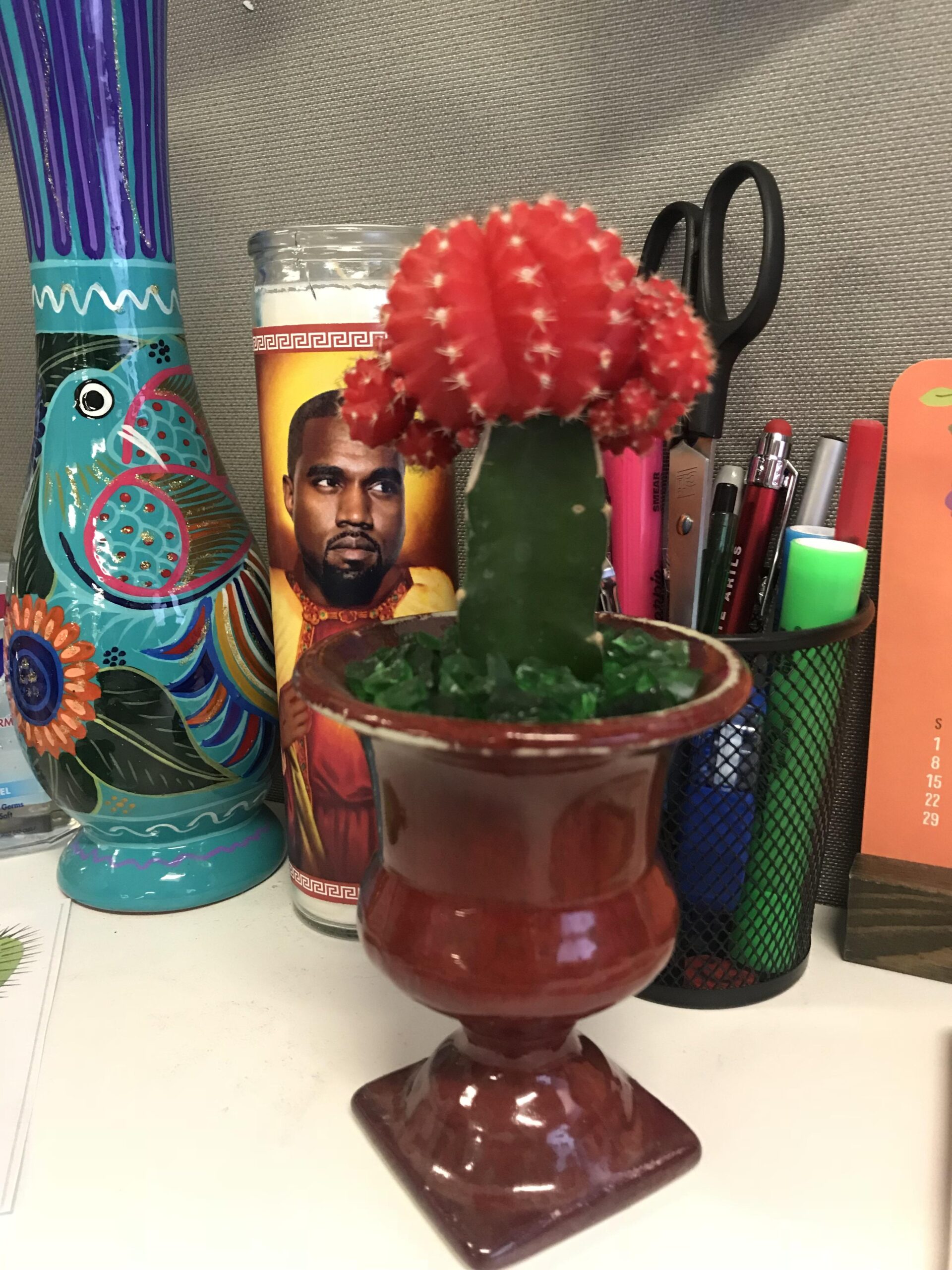When one envisions a cactus, images of arid deserts and relentless sunlight typically come to mind. This iconic plant thrives in environments where many other plants falter, but does that mean it is suitable for every indoor setting? Understanding the light requirements of cacti is critical for their health and vitality.
Throughout various habitats across the world, cacti have adapted to absorb sunlight efficiently, ensuring their survival. However, their requirements can vary significantly based on species and environment. Let’s explore the nuances of light requirements for these fascinating plants.
Understanding Light Types: Natural vs. Artificial
Cacti primarily bask in natural sunlight in their native settings, where they receive unfiltered rays. This intense exposure allows them to develop robust, fleshy bodies that store water and nutrients. When bringing cacti indoors, however, one must consider the type of light provided from windows, skylights, and artificial sources.
Natural light is typically categorized into three main types: direct, indirect, and filtered. Cacti favor direct sunlight, which is characterized by unmediated rays hitting the plant. This is often achieved through south-facing windows, where they can absorb the full spectrum of sunlight. Indirect sunlight, on the other hand, consists of light that passes through a translucent barrier, resulting in a more diffused glow. While some cacti can adapt to this environment, it may not be ideal for all species.
Filtered sunlight may come from sheer curtains or the dappled shade of larger plants. While certain cacti can tolerate these conditions, prolonged exposure may lead to etiolation—characterized by elongated stems as the plant stretches for more light.
Getting to Know Your Cactus Species
The plethora of cactus species, each with its inherent idiosyncrasies, adds layers of complexity to understanding light needs. While some cacti demand intense light, others flourish in more moderate conditions. For instance, the formidable Saguaro cactus, native to the Sonoran Desert, requires ample sunlight, often thriving in direct conditions for most of the day. Conversely, the humble Christmas cactus, which is not truly a cactus in the classic sense, prefers indirect light and cooler temperatures, flourishing during the winter months.
Identifying your specific cactus will significantly influence its placement and care. Generally, cacti categorized as “desert” types are more resilient to direct sunlight, while “jungle” types originating from humid forests adapt better to lesser light conditions. A lack of familiarity with these classifications can lead to care missteps, potentially threatening the wellbeing of the plant.
Signs of Insufficient or Excessive Light
Observing your cactus closely can reveal a wealth of information about its light needs. A cactus thriving in appropriate conditions will display vibrant coloration and a compact structure. However, if the plant is deprived of sufficient light, several symptoms may manifest. Yellowing skin or a propensity to stretch and elongate is a clear indicator that the cactus is searching for more light. Changes in color or overall health necessitate a reevaluation of its placement.
Conversely, too much direct sunlight can also be detrimental; signs of sunburn or brown, scorched patches may develop. This occurs when the plant experiences sun exposure beyond its capacity to photosynthesize and adapt. It’s essential to find a balance tailored to the specific needs of the cactus in question. Proper lighting, whether adjusted by moving the plant or using blinds, can ensure optimal conditions.
The Role of Seasonal Variations
Another aspect that deserves attention is how the changing seasons impact light availability. During the summer months, the sun is at its zenith, providing an abundance of intense light, which may be perfect for hardy cacti species. However, in fall and winter, daylight hours diminish and the angle of the sun changes, often leading to insufficient light in interior settings. Some cactus caretakers may need to reposition their plants or consider supplemental lighting solutions during these periods to keep their specimens healthy and vibrant.
Embracing Artificial Light for Indoor Cacti
For those who may struggle to provide adequate natural light, artificial lighting emerges as a viable solution. Grow lights can replicate the spectrum of sunlight, ensuring your cacti receive the illumination necessary for photosynthesis. LED grow lights, in particular, are energy-efficient and long-lasting, providing a range of light spectrums to accommodate various growth stages. Utilizing timers can regulate light exposure and mimic natural day-night cycles, fostering healthy growth in cacti.
A luminous environment nurturing these resilient plants opens doors to a deeper appreciation of their unique adaptations. Each species offers a glimpse into the wonders of nature, their needs reflecting their evolutionary history. As caretakers of these remarkable species, understanding their light requirements not only enhances their health but also enriches our relationship with these symbols of endurance in challenging conditions.
In conclusion, providing your cactus with the right amount of light is paramount for its growth and overall health. By considering the specific requirements of the species, adjusting environmental factors, and patiently observing signs of distress or exuberance, you can cultivate a thriving indoor oasis that reflects the fierce beauty of the natural world.





Leave a Comment